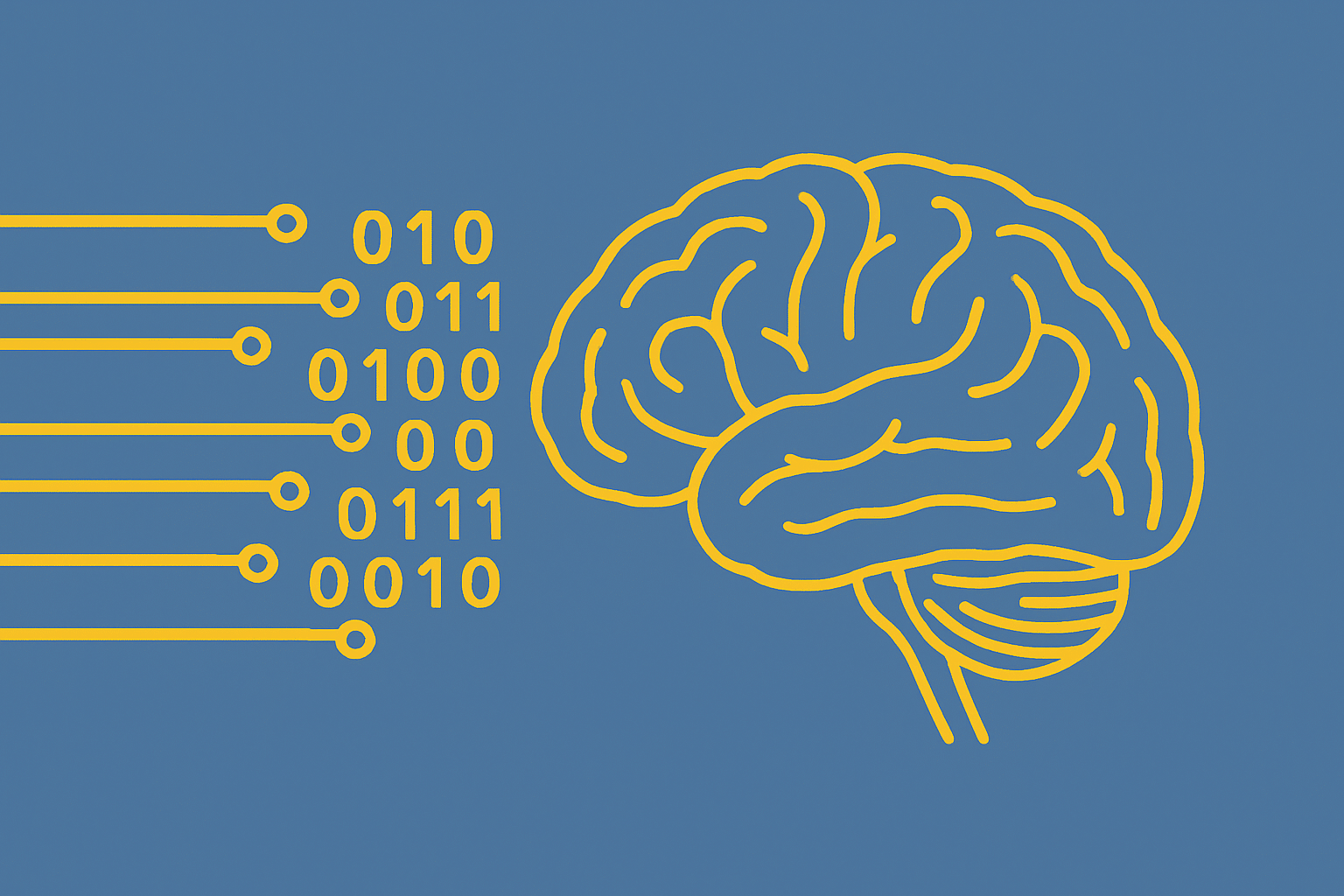One of the most important conversations in programmatic advertising right now isn’t about AI writing your ad copy or designing your creative—it’s about whether AI will run your entire campaign. Across the industry, DSPs, SSPs, and agency trading desks are experimenting with agentic AI: autonomous agents that allocate budgets, select inventory, assemble creative, and measure lift with minimal human involvement.
The Trade Desk’s Kokai is one of the highest-profile examples. Advertisers define an outcome; the agent does the rest—iterating across channels thousands of times a day. At the infrastructure level, Google is also moving fast, launching an open-source Agent Development Kit that enables multi-agent systems to coordinate across APIs and cloud platforms. Analysts are direct: if agentic workflows gain traction, the monolithic DSP stack could fragment—fast.
These new systems promise automation and scale—but they come with one critical dependency: Agents are only as smart as the data they’re fed.
These systems depend on scalable signals. And that’s the catch. Traditional signals—cookies, IDFA, hashed emails—are eroding under regulatory pressure and shifting consumer expectations. Google’s pause on cookie deprecation hasn’t reversed the deeper trend: the signal-rich world of the last decade is steadily coming apart.
When agents are forced to work with patchy or declining data, they can make optimizations that look intelligent in a dashboard but fail to deliver real-world results. The solution isn’t more tracking—it’s better structure.
That’s the problem Digiseg was built to solve.
Digiseg delivers the kind of signal agents need: intelligence at scale that doesn’t rely on personal identifiers. Our probabilistic, household-level segments are built from real-world data.
And because Digiseg segments are stable at the household level, models improve over time rather than resetting every time a browser or platform update lands.
This doesn’t mean the DSP is dead. Far from it. While agents may eat into targeting, pacing, and optimization, someone still has to front the cash, reconcile invoices, and pay the publishers. As MiQ’s Paul Silver points out, “Float becomes the moat.” DSPs could evolve into credit engines that host agents—running on top of their balance sheets, rather than inside their UI stacks.
No matter where the agent lives, one truth remains: autonomous decision-making needs dependable, scalable data. Digiseg provides the scalable, household signals that makes it possible.
So what should you test next?
You don’t need to overhaul your stack to get started. If your DSP supports agentic features—or you’re using Kokai in The Trade Desk—the opportunity is right in front of you.
Kokai is designed to perform best when it has access to high-quality seed data. But not every advertiser has first-party signals robust enough to kickstart performance.
By feeding Kokai a Digiseg segment—built from real-world household characteristics like income, homeownership, education, or car ownership—you give the agent the signal it needs to optimize with precision across channels, even in the absence of logins or CRM records. Whether you are targeting young families, tech-forward households, or multi-car households, Kokai can model and scale toward your ideal customer—without relying on tracking.
Ready to test what happens when autonomous buying meets privacy-safe audience intelligence?
Visit digiseg.io. Describe your product or persona, get an agent-ready audience recommendation in seconds—and let your agent take it from there.
